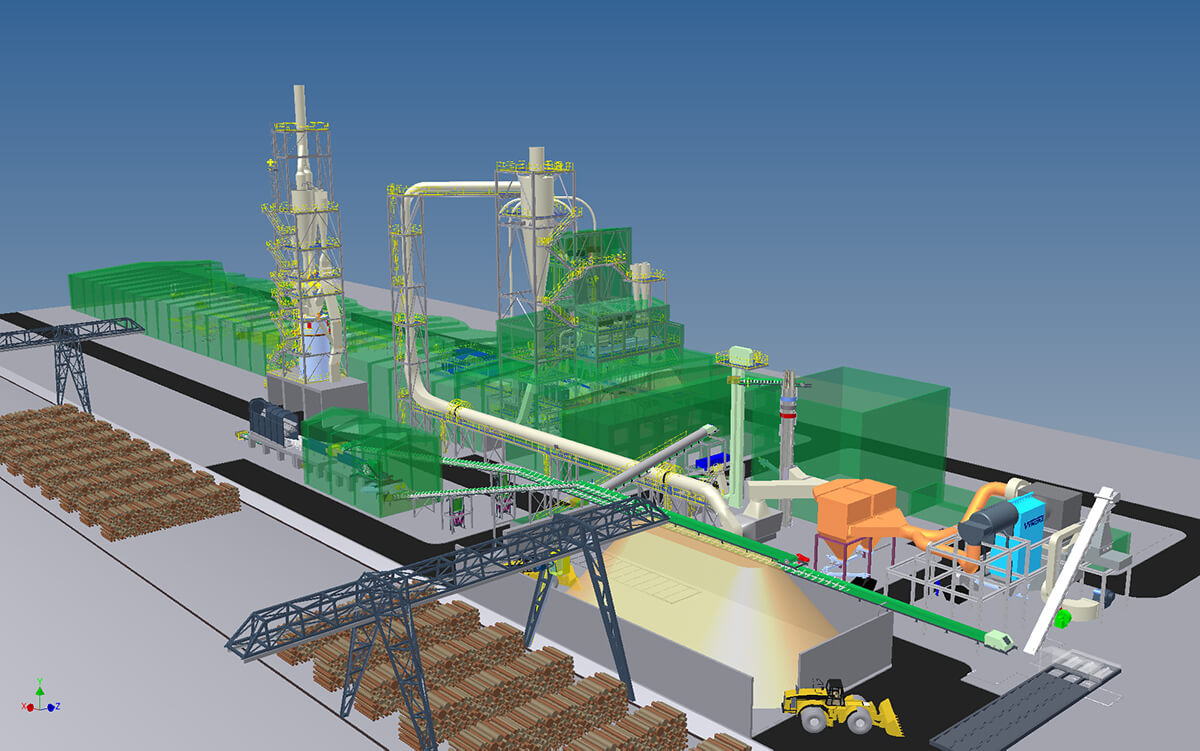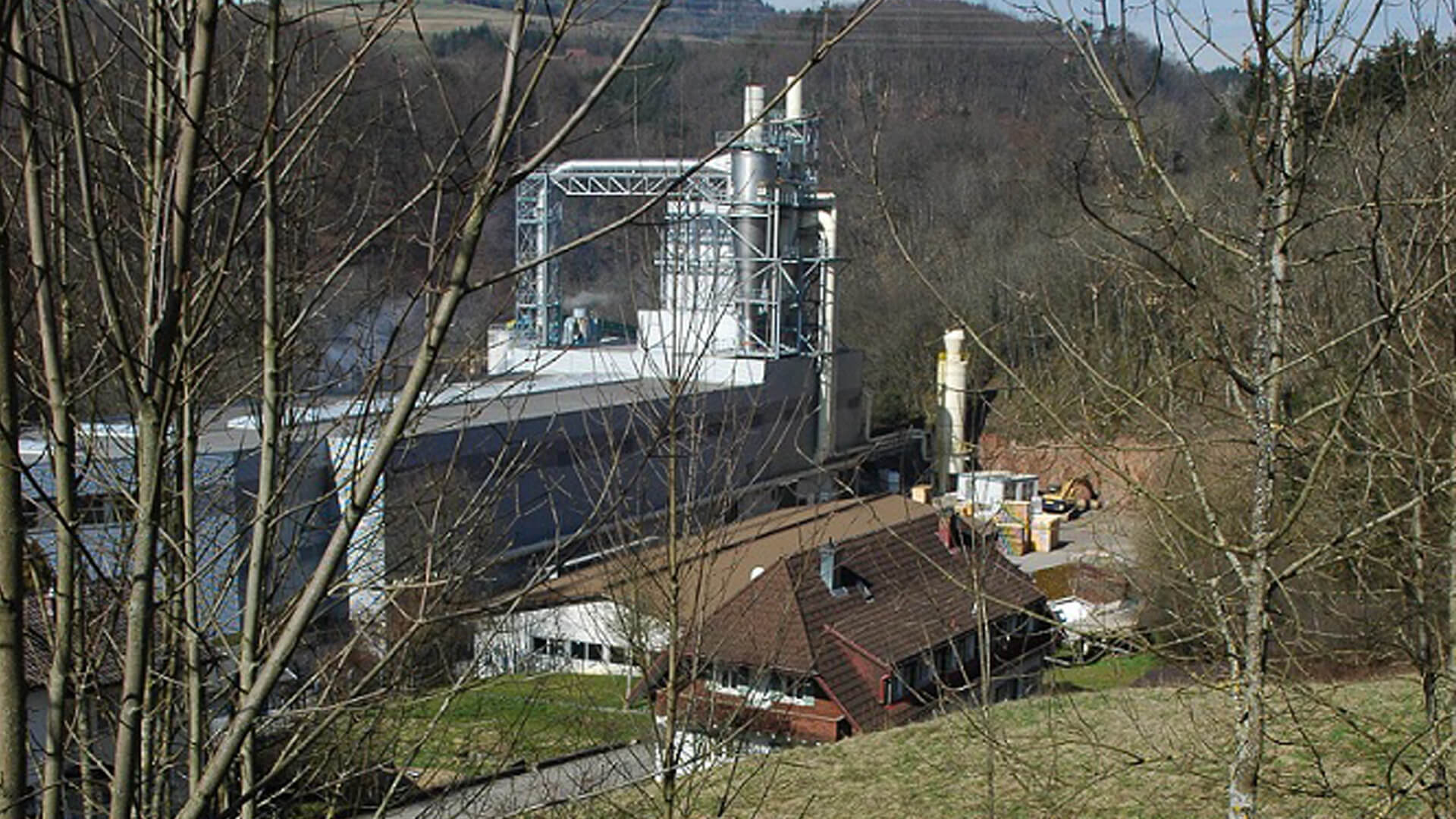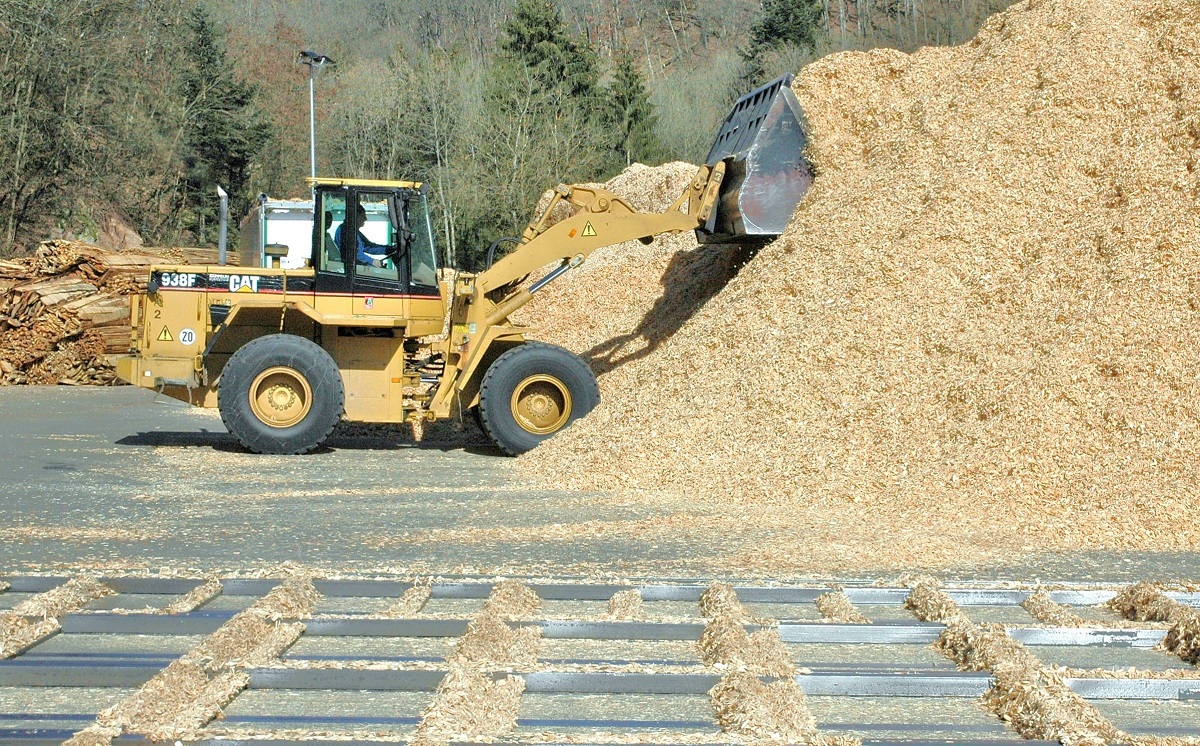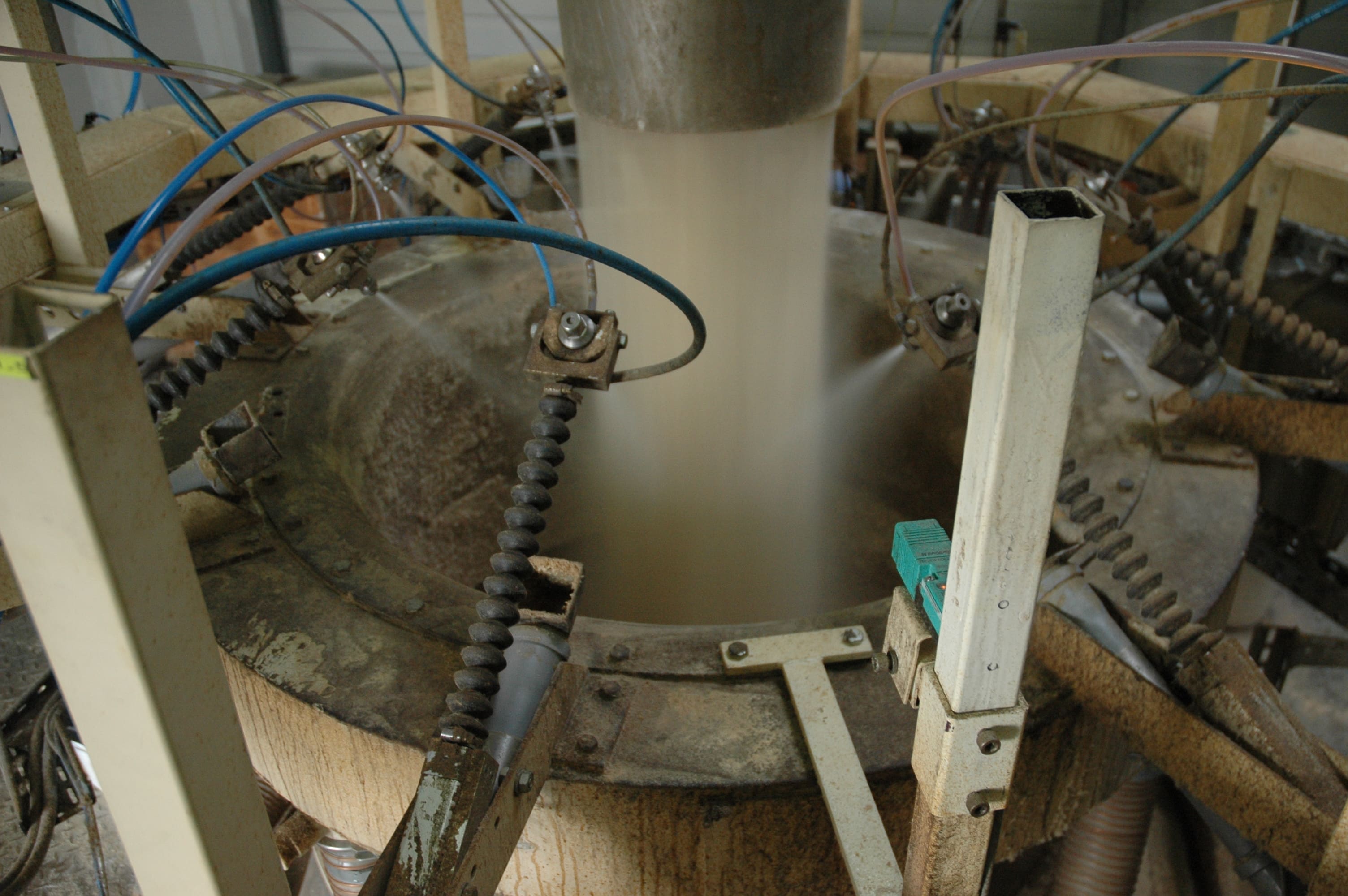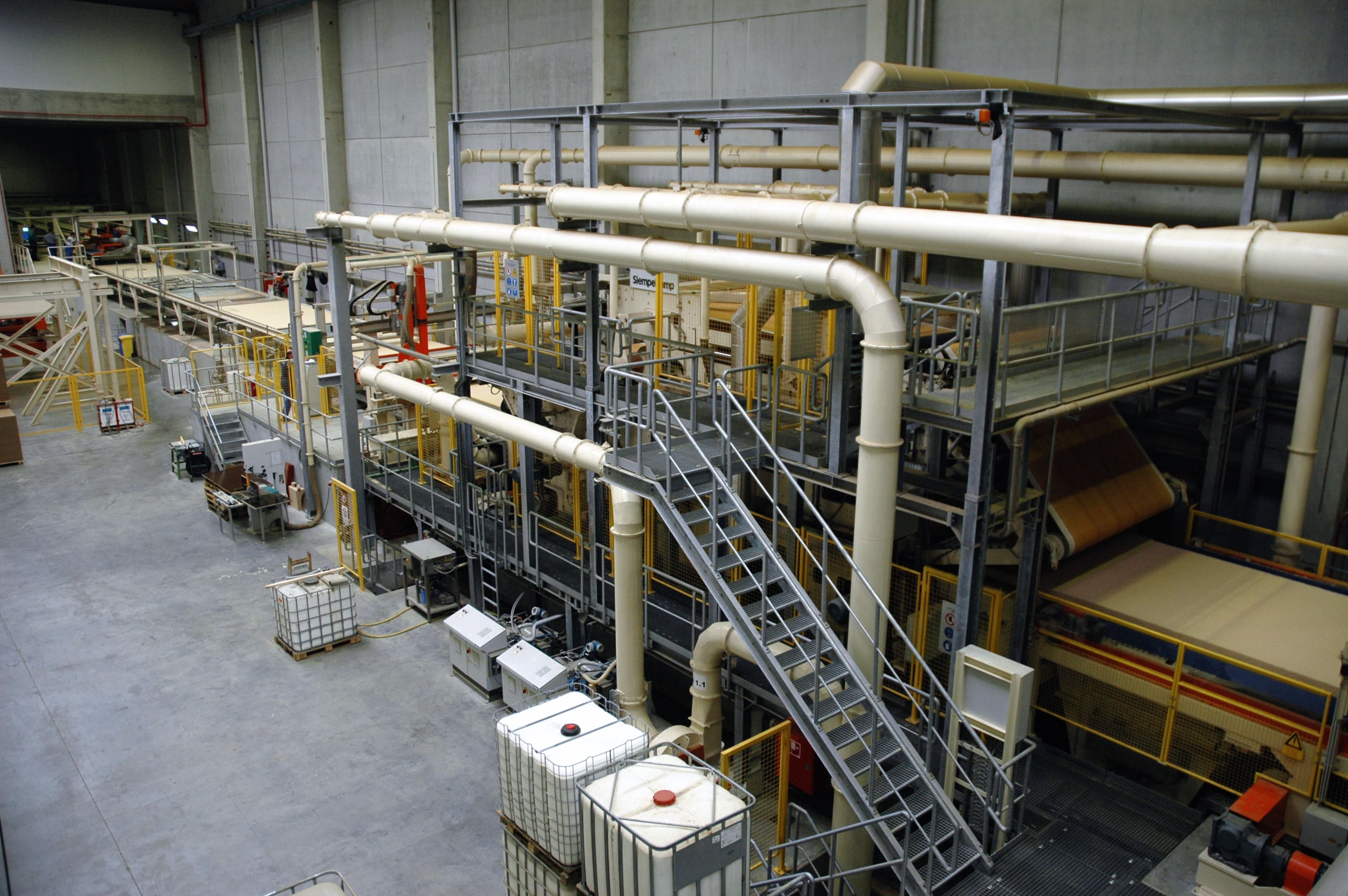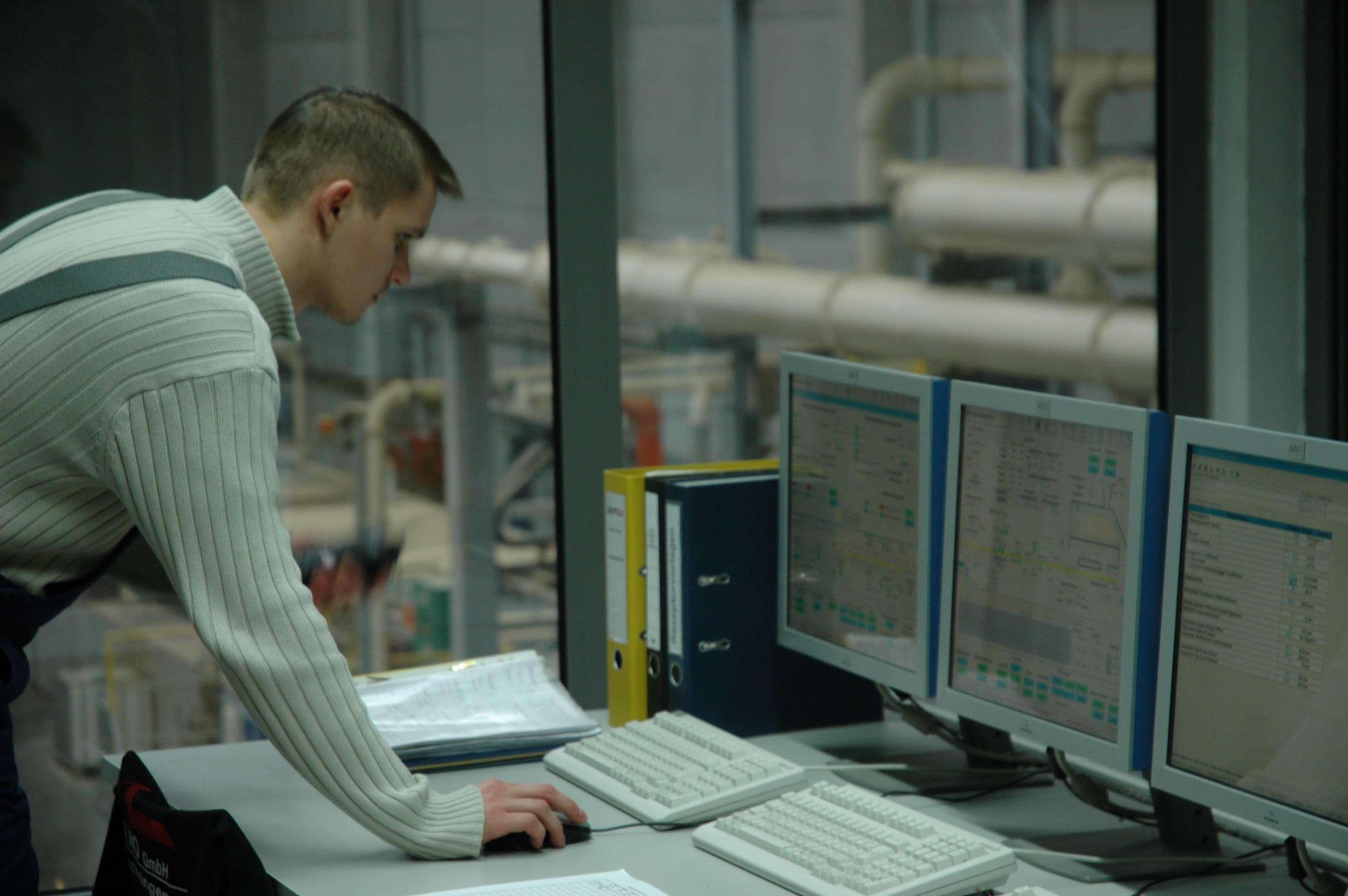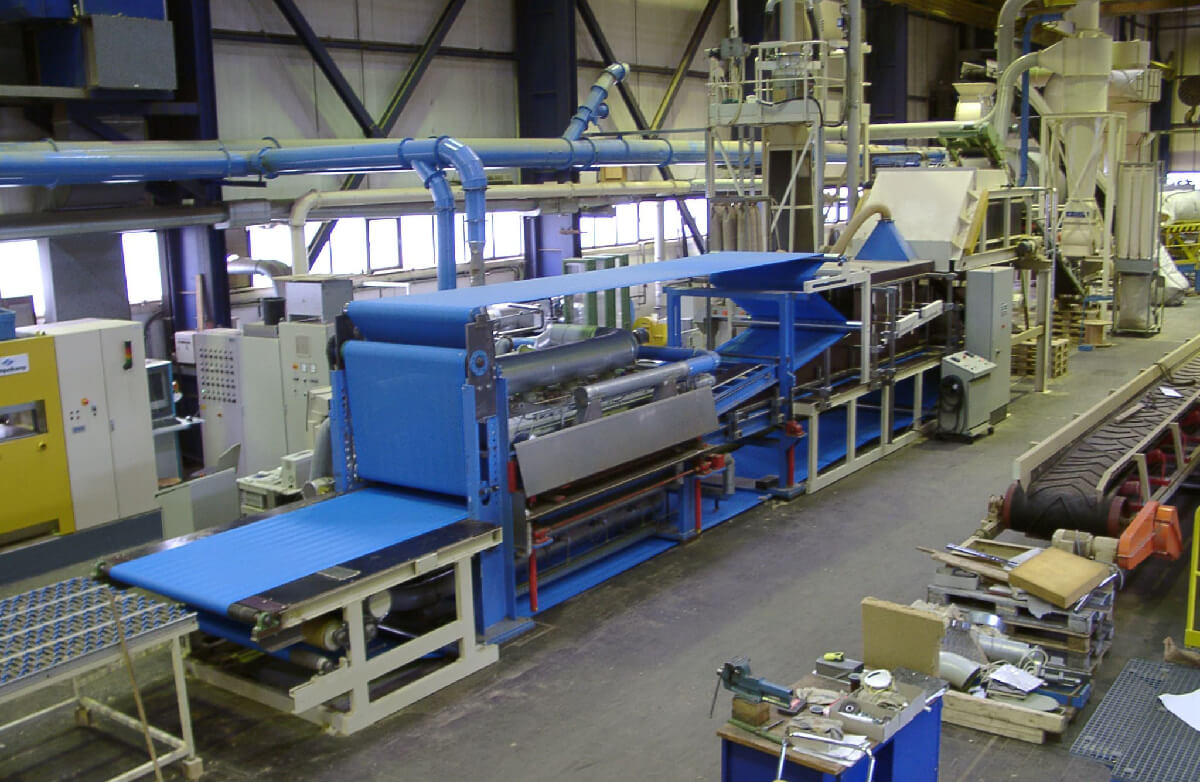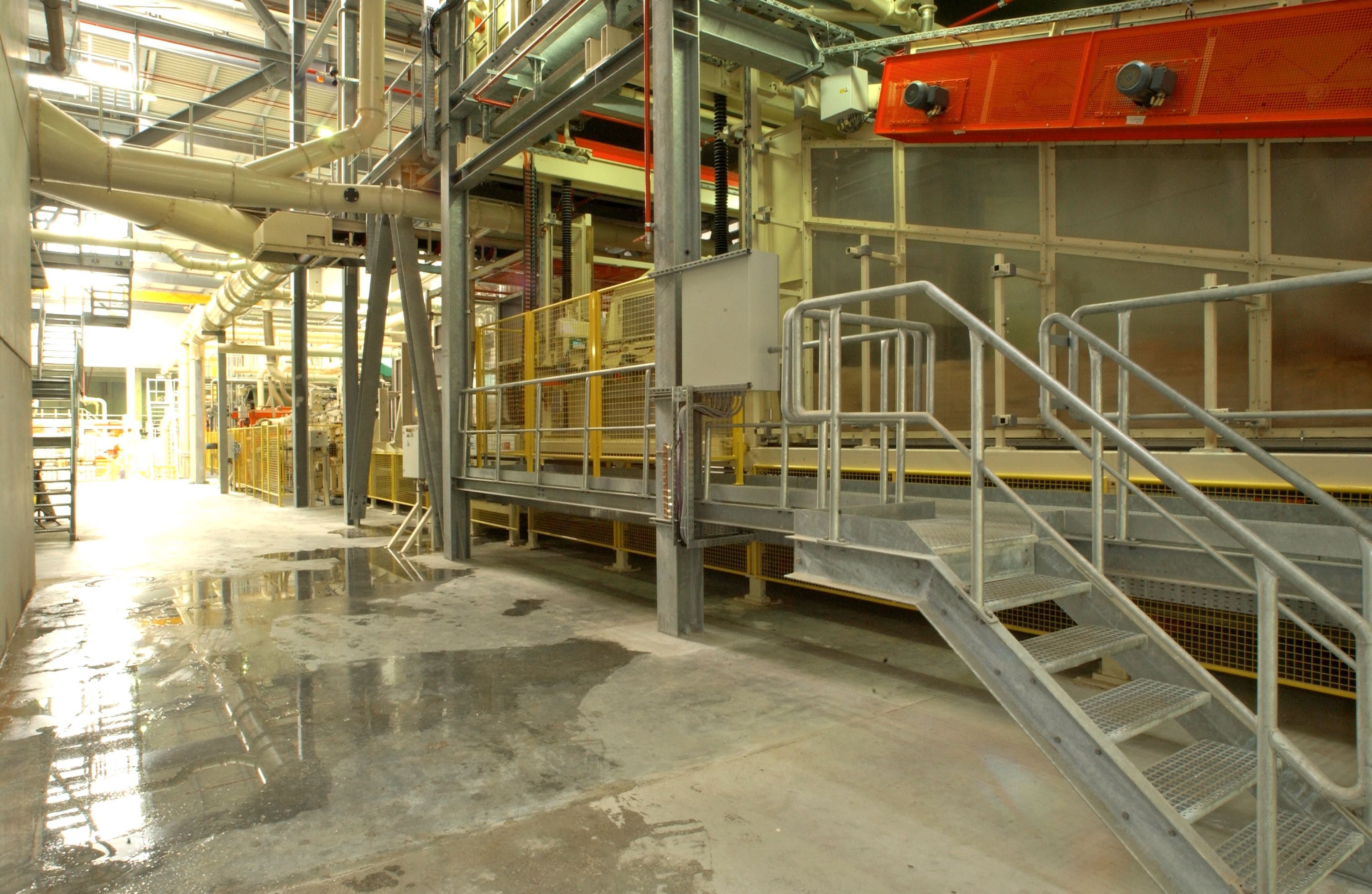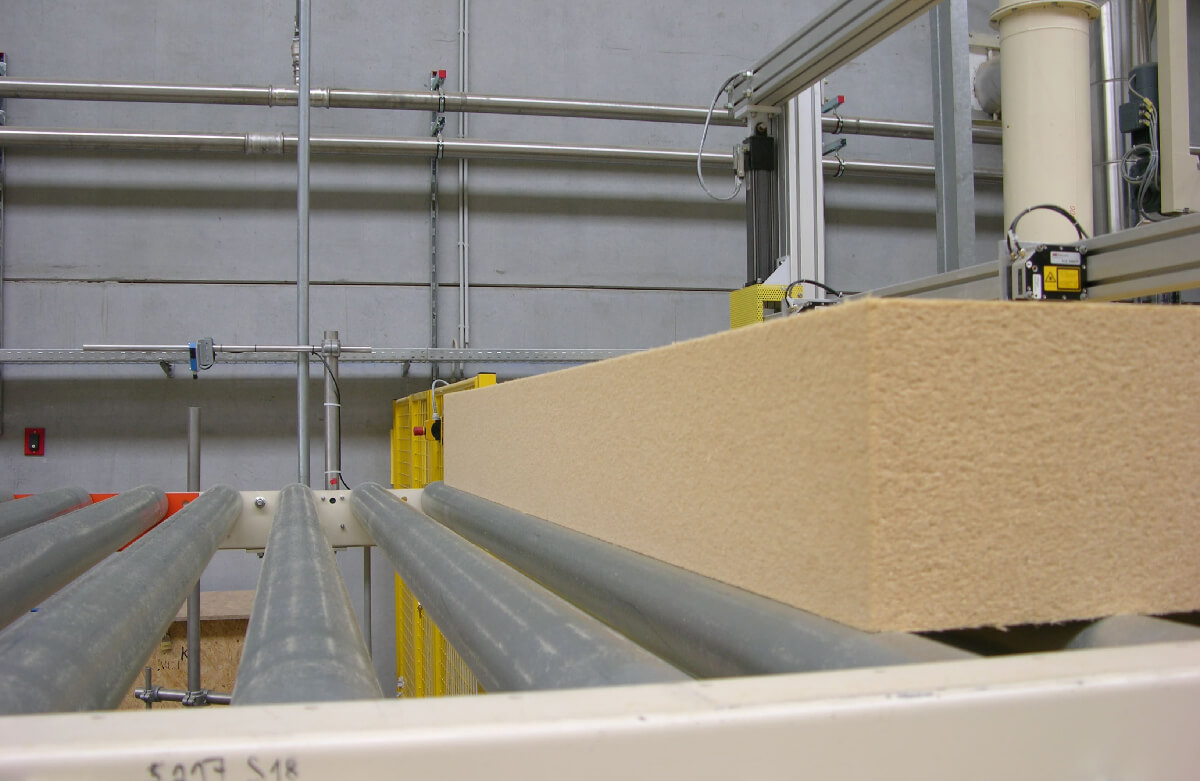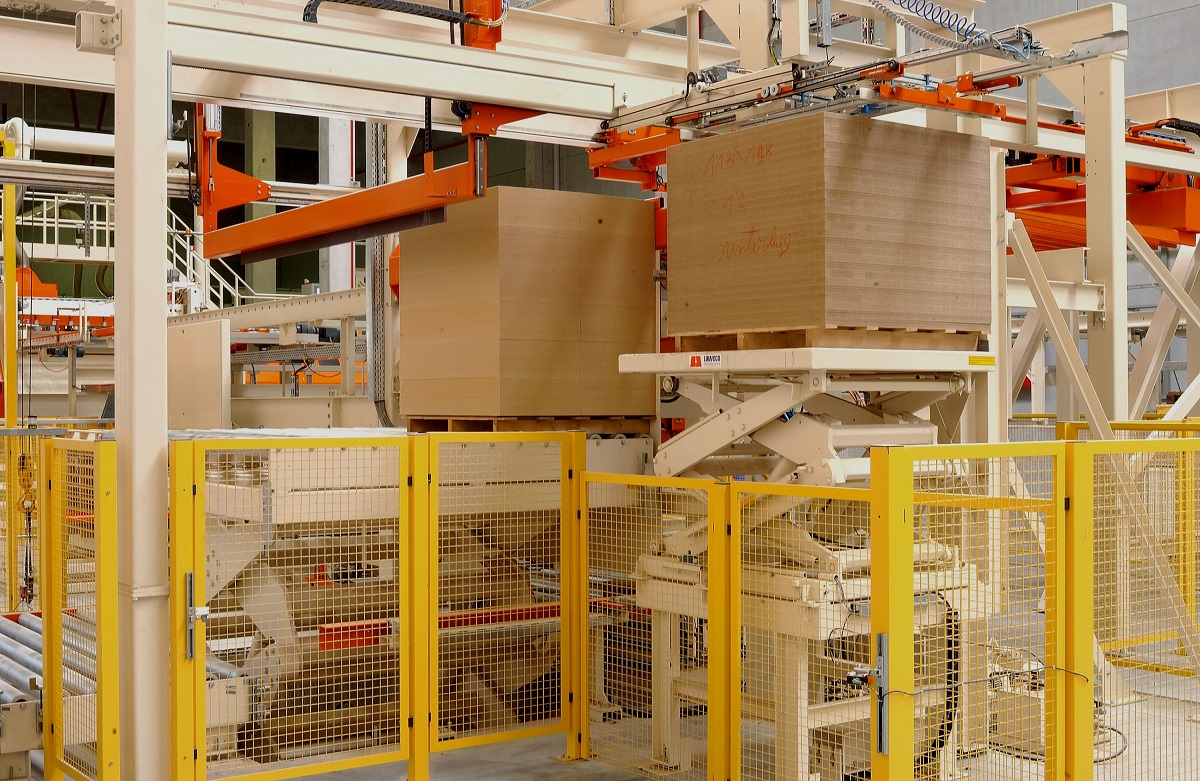New process technology with great benefits for the environment
In insulation board production, many issues are important: How can the growing expectations of energy efficiency be implemented? Which process technologies ensure the greatest possible bundle of advantages? The production method around the ContiTherm® principle by Siempelkamp is the solution.
The energy demand for room heating and water heating takes up a large share of the total primary energy con sumption, in Germany it amounts to approx. 35 percent. This is a significant share especially in view of the fact that the costs for primary energy are constantly increasing in many countries, something that will not change due to limited re sources.
Since the availability of fossil energy sources is limited, it is becoming increasingly urgent to reduce the primary energy consumption through better heat insulation of buildings. Energy efficiency standards are discussed and implemented in many industrial nations. Within the scope of the 2009 Energy Conservations Regulation, German building regulations determined that the energy consumption for heating and hot water supply is to be decreased by 30 percent. Basically, this is to be im plemented by improving building insulations in new constructions as well as during renovations of old buildings.
The implementation of this new 2009 regulation brings about an increased need for thermal insulating materials from which also the manufacturers of wood- fiber insulation boards will benefit. Wood-fiber insulation boards are, in regard to the entire thermal insulation market in Germany, a niche product. They secured their market existence by being a “green product” in the 1960s and 1970s. However, soon technical advantages of the boards increasingly became the focus which manifested themselves in such keywords as “summer thermal insulation,” “a diffusion-permeable construction,” and “soundproofing”
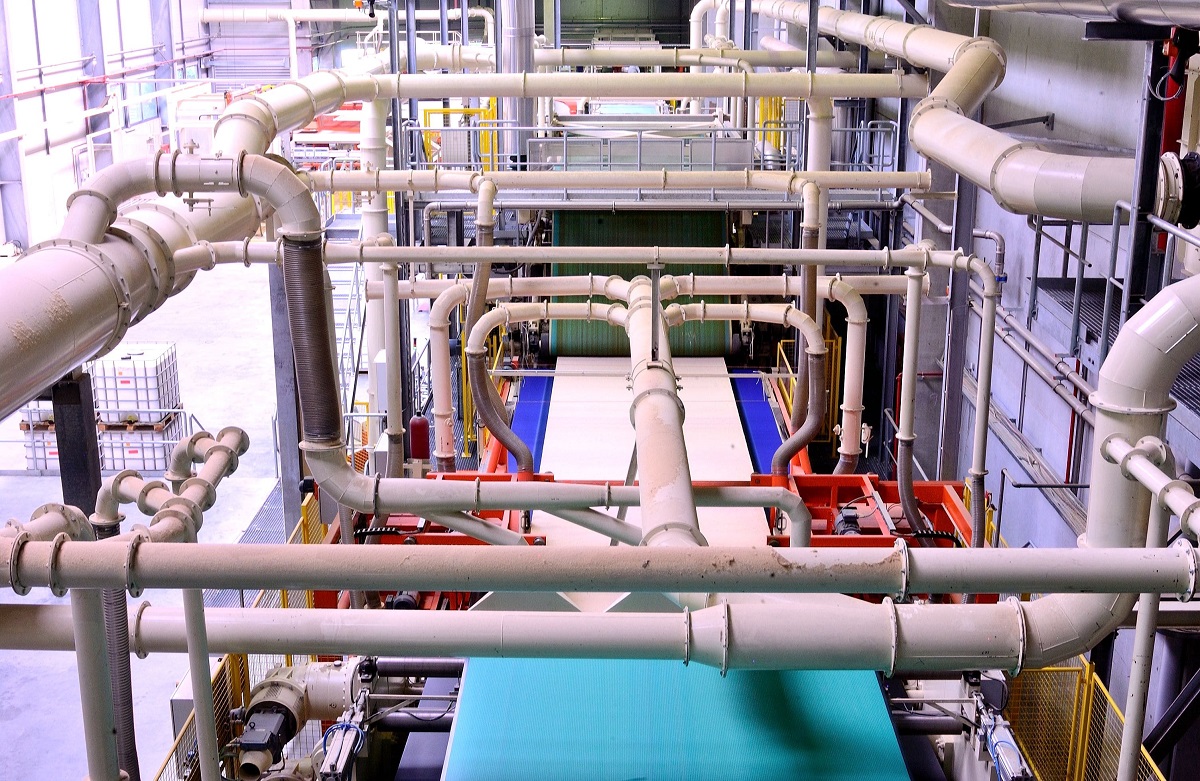
With the introduction of the environmental product declaration (EPD) there is now an opportunity to concentrate more on ecological aspects again. At the end of their life cycle, wood-fiber insulation boards are considered superior to insulation material made of mineral wool since they can be burned without releasing toxic chemicals. There is not much imagination needed to know that, on the basis of the EPD, limitations can be expected on the maxi mum amount of non-renewable primary energy that will be allowed in a building.
The capacity utilization of the wood-fiber insulation sector is accordingly good and reflects double-digit yearly growth rates. New investments are planned. Those who, like Siempelkamp, come up with a convincing equipment and process concept for the production of wood-fiber insulation board ensure the interest of producers worldwide. Companies such as Gutex in Germany or Mozyr DOK in the Republic of Belarus bought the Siempelkamp concept. Just recently, in the fall of 2010, the company from the Republic of Belarus ordered a complete plant for the production of wood-fiber insulation board in Krefeld.
Innovative and energy-efficient: Siempelkamp's dry-process with ContiThem®
Several years ago Siempelkamp developed a dry-process for the production of wood-fiber insulation board in order to avoid the disadvantages of the traditional wet-process used in Europe since 1932. The entire water management for the wet-process and the complex drying of the boards could be omitted. Thus, it was possible to provide customers with an attractive benefits package including, for example, reducing the energy consumption by more than 30 percent, lowering the board density, and producing homogeneous single-ply insulation boards in up to 240 mm thickness.
What makes Siempelkamp’s dry manufacturing process so unique? A distinguishing feature is the use of a continuous calibration and hardening device based on the pre-heating unit ContiTherm®. Here, the pre-pressed fiber mat is heated by blowing a steam-air mixture with an exactly controlled dew point through it. In doing so, the steam of the mixture condenses and heats the fibers rapidly to the dew point temperature while, according to the process, the desired equilibrium moisture is kept.
A specially developed very reactive bonding agent cures within a short time after heating the board. This curing time is independent from the board thickness, once heated a 240 mm board cures just as quickly as a 20 mm board. This is a significant advantage during the production of insulating boards that are increasingly needed in larger thicknesses. After calibration and curing the board is cooled by suctioning ambient air from top to bottom through the board. Finally, the endless board is cut by a diagonal saw to the required length, if necessary, provided with a tongue and a groove, stacked and packaged.
Thick fiber insulation boards produced for the first time with a continuous dry-process
Back in 2004, the insulating board manufacturer Gutex decided to buy the first plant of the new type. The family-run company located in Waldshut-Tiengen sets standards in regard to innovative and environmentally-friendly production technology.
The decision to buy this plant was not least made due to the fact that the new principle was demonstrated to the customer at the Siempelkamp test facility. On a 4’ (1200 mm) pilot plant, the newly developed dry-process was simulated for Gutex. The new method of spraying dry fibers with resin was also tested. For the first time the dried fibers were sprayed with resin inside a chute. The flow conditions inside the chute prevent caking of the blended fibers. The calibration and curing of the mat inside an adapted pre-heater is an innovation in the industry.
Numerous test runs under real conditions finally led to a breakthrough. The resin chute from the research and development center in Krefeld and a second identical chute were integrated into the new Gutex plant. For the Gutex team the handling of the new technology was a challenge that was gladly taken upon. “In many areas we have broken new ground, such as when adjusting the moisture content of the fibers, the dew point inside the preheater or the pressure. Our people understand the product very well and the cooperation with Siempelkamp was and still is very good,” summarizes Claudio Thoma, Managing Director for Gutex.
In February 2006 the plant started operation and has been producing at full capacity ever since. “The plant has the agreed capacity; board thickness and strength can be controlled and the quality is considered as very high by our customers. Below the line I can say that the new method kept the promise that Siempelkamp made,” says Claudio Thoma. The bottom line is that Siempelkamp has made the industrial production of thick fiber insulating boards in a continuous dry-process possible with this plant and has set a milestone in regard to board quality and process costs. Attention is also paid to the environmental tolerance when using the new method. All wood-fiber insulating boards produced by Gutex with the innovative dry-process pass the strict requirements of the natureplus©-certification. The natureplus® marking, an international quality designation for ecological home and construction products, indicates products that have been tested for potential health hazards, environmental impact and function!
Wood-fiber insulating boards: benefits for producers and customers
- Energy-efficient production
- Green product made of reniewable resources
- CO2-storage capacity
- Medium term: significant advantages from environmental product declaration
- Wide-ranging usability:
- Wall paneling
- Roof insulation
- Impact sound insulation
- Many application-technological advantages:
- Protection against heat in the summer
- ideal as thermal insulationand for soundproofing applications
- Moisture resistant
- Diffusion-permeable construction without moisture barrier
- Trouble-free disposal (thermal recycling)
- Low proportion of additives during dry-process
Flexible wood-fiber insulating boards with two-component fibers
Next to rigid wood-fiber insulating boards based on a PU resin-based binding agent, flexible boards are increasingly offered which are especially used as insulation between rafters in loft conversions and between wooden posts. They offer the advantage of being flexible enough to accommodate normal construction tolerances. Furthermore, they have a sufficient clamping effect in order to avoid falling out during the installation process.
Flexible wood-fiber insulating boards are produced without resin by using two-component binding fibers. These consist of a high-temperature melting core and a low-temperature melting shell. A mixture of dry wood fibers and binding fibers is formed into a mat and heated. The shell of the binding fibers starts melting and thus becomes the binding agent. Finally, the product is cooled to secure the bonding. A matrix of synthetic fibers and their high-melting cores respectively provide the necessary flexibility in the finished board.
Conventionally binding fibers with a shell melting point of approx. 130 °C are used. The mat is heated by means of hot air (approx. 160 °C). As known, hot air is a relatively bad heat carrier. The necessary amounts of air are large, so are the heat losses through radiation. When using wood fibers the fact that they have to be dry before a temperature of 100 °C can be reached makes this process more difficult.
Faster and more energy-efficient due to two-component fibers and ContiTherm®
In order to meet this challenge, Siempelkamp has taken the dry-process another step forward. Together with EMS- Chemie AG, Switzerland, Siempelkamp has developed a two-component fiber that will melt under the conditions provided by ContiTherm® – that is, under 100 °C! The advantage is that the mat can be heated with hot air considerably faster and therefore more energy-efficient. At the same time the wood fibers will not be dried during this process. Another side effect: The necessary cooling by sucking ambient air through the mat takes place considerably quicker. This is due to the fact that the water which condensates during the heating process evaporates at least partially and in this way contributes considerably to the cooling.
Siempelkamp has developed a method that mixes the two-component fibers evenly with the wood fibers. As a result, the required amount of the special fibers can be considerably reduced compared to previously used methods. This development was successfully tested on the 4‘ (1200 mm) pilot plant for small scale production at the Siempelkamp testing area prior to using it in the field.
From rigid to flexible: Insulation board plant for Mozyr DOK
The special highlight of a recently ordered Siempelkamp plant for insulation boards is its variability: The plant commissioned by Mozyr DOK in the Republic of Belarus is planned to produce rigid, polyurethane boards as well as flexible boards with two-component fibers. Both variants can be produced in different thicknesses, densities, and sizes.
Siempelkamp will supply the complete plant including an energy plant for the heating of the dryer and the process steam supply. The scope of supply also includes the complete machinery for the front-end area including the machines for debarking and chip generation, the silo/bunker with discharge technology, and the conveyors. Furthermore, Siempelkamp will supply the refiner, fiber dryer, blending system for dry fibers, forming line with ContiTherm®, finishing line with profiling section, and the stacking and packing line (from Wolfratshausen). The engineering will be done by Sicoplan. This plant type will be planned completely in 3-D.
The gross board width will amount to a maximum of 2,620 mm so that all popular board sizes can be produced. A width adjustment in the ContiTherm® also contributes to the production of different board sizes. Mozyr DOK, manufacturer of doors, floor coverings, and furniture, will process coniferous woods such as fir and spruce on the new plant. The start-up for the insulation board plant designed for a material throughput of 7 t/h, resulting in a yearly capacity of 380,000 m³ at an average density, is planned for spring 2012.
